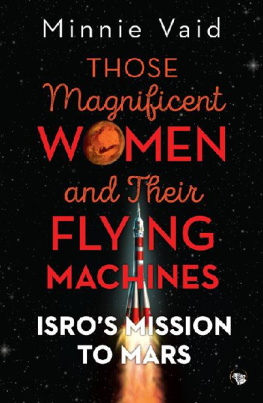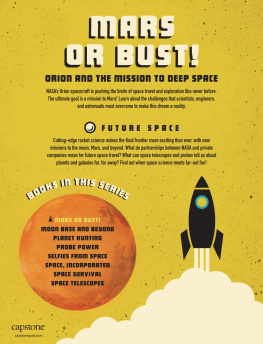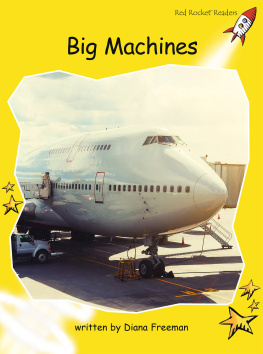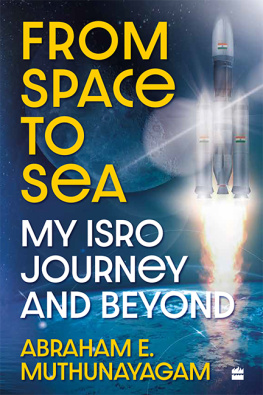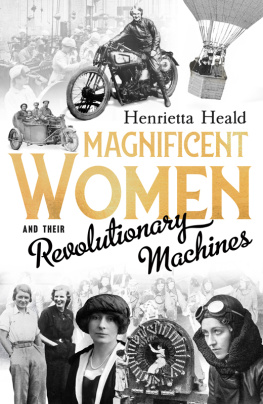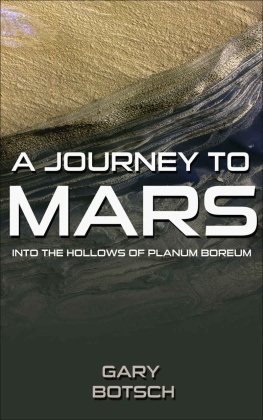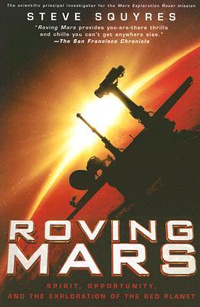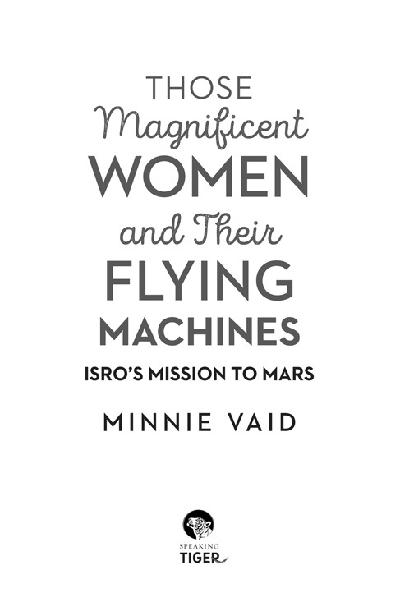Minnie Vaid has juggled multiple roles over a three-decade stint in mainstream media. She is a print and television journalist, a documentary filmmaker, creative producer for feature films and more recently, author of three non-fiction books, A Doctor to Defend: The Binayak Sen Story (2011); Iron Irom: Two Journeys (2013) and The Ant in the Ear of the Elephant (2016). Her areas of interest include social and political issues in rural India, human rights, the environment and gender.
A LSO BY M INNIE V AID
A Doctor to Defend: The Binayak Sen Strory (2011)
Iron Irom: Two Journeys (2013)
The Ant in the Ear of the Elephant (2016)
Contents
For my parents,
Dr Jawaharlal Vaid and Mrs Prem Vaid
List of Abbreviations
ASLV: | Augmented Satellite Launch Vehicle |
DST: | Department of Science and Technology |
GRB: | Gamma Ray Burst |
IIA: | Indian Institute of Astrophysics |
INSAT: | Indian National Satellite System |
IISc: | Indian Institute of Science |
IISU: | ISRO Inertial Systems Unit |
IPRC: | ISRO Propulsion Complex |
ISTRAC: | ISRO Telemetry, Tracking and Command Network |
JAXA: | Japan Aerospace Exploration Agency |
LPSC: | Liquid Propulsion Systems Centre |
MCF: | Master Control Facility |
NRSC: | National Remote Sensing Centre |
PSLV: | Polar Satellite Launch Vehicle |
SDSC: | Satish Dhawan Space Centre |
SAC: | Space Applications Centre |
SHAR: | Sriharikota Range |
SSTC: | Space Science and Technology Centre |
SROSS: | Stretched Rohini Satellite Series |
TERLS: | Thumba Equatorial Rocket Launching Station |
URSC: | U.R. Rao Satellite Centre |
VSSC: | Vikram Sarabhai Space Centre |
Mars Orbiter Mission
Timeline
5 November 2013: PSLV-C25 successfully launches Mars Orbiter Mission Spacecraft from SDSC SHAR, Sriharikota.
7 November 2013: The first orbit-raising midnight manoeuvre of the Mars Orbiter Spacecraft successfully completed. The spacecraft has to go several rounds around earth to gradually increase its velocity to attain the escape velocity with minimum fuel consumption. This is done in a series of midnight manoeuvres (Earth Bound Manoeuvers) in which MOMs engine is fired in a direction tangential to earth while MOM is at its closest orbital position to earth.
8 November 2013: The second orbit-raising manoeuvre of the Mars Orbiter Spacecraft successfully completed.
9 November 2013: The third orbit-raising manoeuvre of Mars Orbiter Spacecraft successfully completed.
11 November 2013: In the fourth orbit-raising operation, the apogee (farthest point from earth), of the Mars Orbiter Spacecraft was raised from 71,623 km to 78,276 km. The spacecraft was in normal health.
12 November 2013: The fourth supplementary orbit-raising manoeuvre of the Mars Orbiter Spacecraft successfully completed.
16 November 2013: The fifth orbit-raising manoeuvre of Mars Orbiter Spacecraft successfully completed.
1 December 2013: Trans-Mars Injection (TMI) operations completed successfully. After this manoeuvre, the earth-orbiting phase of the spacecraft ended. It is now on course to Mars after a journey of about ten months around the sun.
2 December 2013: The spacecraft has travelled a distance of 5,36,000 km.
4 December 2013: The spacecraft has traversed beyond the Sphere of Influence (SOI) of the earth, going beyond 9,25,000 km.
11 December 2013: The first Trajectory Correction Manoeuvre (TCM) of the spacecraft is carried out successfully. MOM is at a distance of about 29 lakh (2.9 million) km away from earth.
9 April 2014: The Mars Orbiter Spacecraft crosses the half-way mark of its journey.
16 September 2014: Time-tagged commands to execute the Mars Orbit Insertion (MOI) uploaded.
17 September 2014: Uploading of commands for the Fourth Trajectory Correction Manoeuvre and test firing of the Main Liquid Engine (scheduled for 22 September) in progress.
22 September 2014: Test firing of Main Liquid Engine of Mars Orbiter Spacecraft is successful.
24 September 2014: Mars Orbiter Spacecraft enters Mars orbit.
Prologue
Fade in : Santo, a young girl of twelve, is reading a book about Mars in her home in Rewari district, Haryana. A visitor asks her what she wants to be when she grows upa doctor or an engineer. Astronaut, she replies softly. The man says, In our community those who are able to get to Delhi are considered successful. If they reach London or America, they become examples to be followed. First get to Delhi, then think about sitting in a rocket and reaching the moon.
The little girls face falls.
Over the next few days, even as her mother admonishes herYour final exams are approaching and youre fixated about Mars?she paints her fathers helmet astronaut-white, calling it her Mars helmet, makes a model rocket and installs homemade star lights in her room. Her mother tells the father they should talk Santo out of her childish phase or she wont do well in her exams. The father believes that this could be her dream and she should be encouraged. They decide to gift her a laptop. The mother hugs her saying, You have to become Rewaris dream, use the laptop as a rocket and fly off to Mars. My astronaut.
The tagline, GIFT THEM CURIOSITY, GIFT THEM DREAMS, appears on the screen and the video ends. This Lenovo ad, championing the girl child, skilfully subverts age-old stereotypes. In doing this, it provides hope for the future of the girl child, all in less than three minutes.
If only real life were that simple.
One hundred and thirty-two years ago, when Dr Anandibai Joshi became Indias first female physician with an MD degree from an American medical college, she could not have imagined that the women following her example would be facing similar battles more than a century later. A few years after Dr Joshi, in 1933, Dr Kamala Sohonie was denied admission to the Indian Institute of Science (IISc) in Bengaluru by Nobel Laureate C.V. Raman, solely because of her gender. It was only her persistence which enabled her to complete three years at IISc and move on to Cambridge University to receive a doctorate in science.
How many of us have heard of Janaki Ammal, Anna Mani, Asima Chatterjee, Rajeshwari Chatterji, Charusita Chakravarty and Mangala Narlikar? These pioneering women scientists were a mix of physicians, botanists, chemists and physicists working against formidable odds to carve their place in the history books. Their contributions are mostly known within the academic community or to students researching gender in Indian science in the early 1990s.
The sex ratio at the IISc, a premier institute for scientific research in India, has risen from 2 per cent in the 1960s, i.e. two female students for 100 male students, to 19 per cent in 2016. The progress hasnt quite been meteoric.

